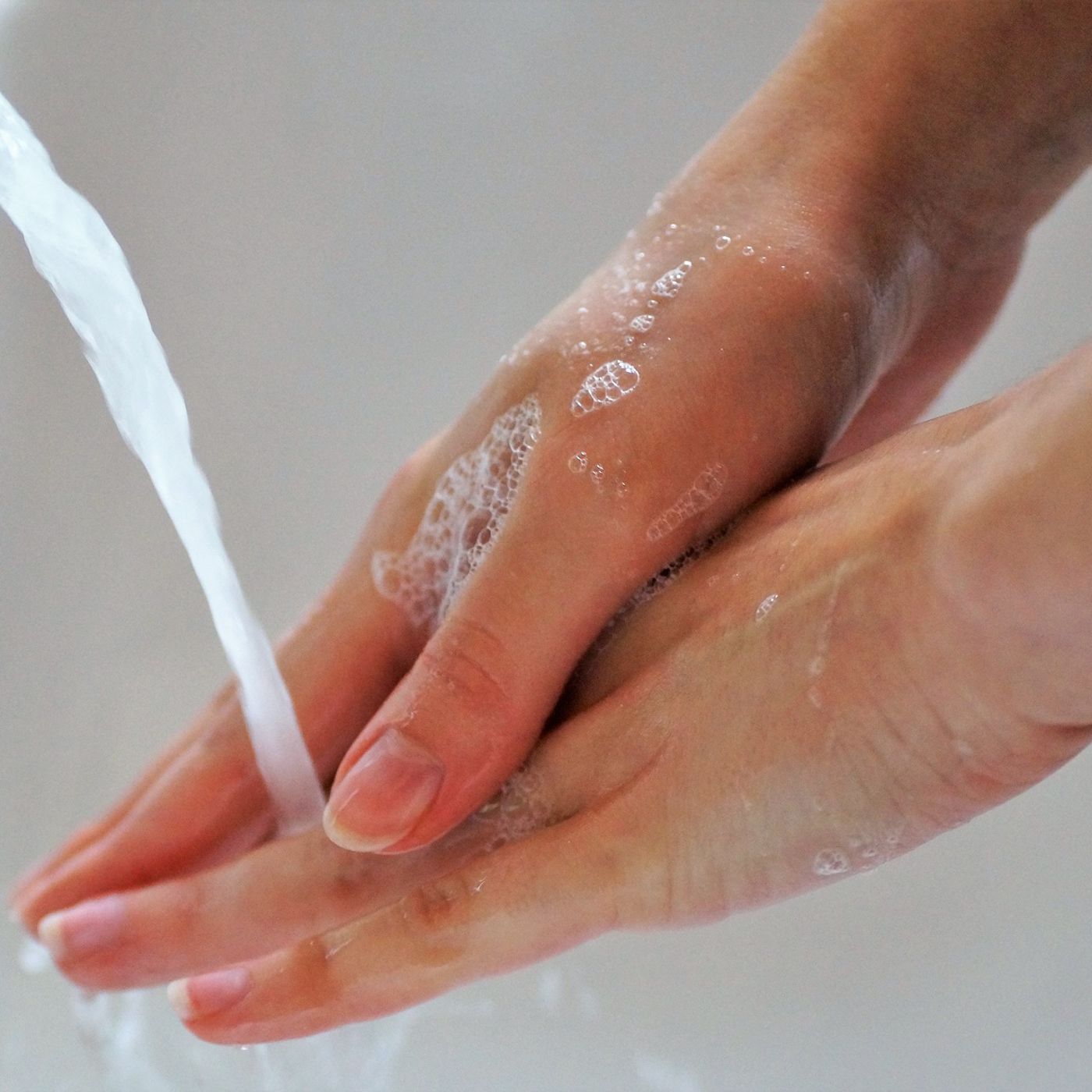Discover Dream Dare Dazzle
Dream Dare Dazzle

184 Episodes
Reverse
Step 4 of changing habits is that it needs to be enjoyable for it to last. Simple bits of reinforcementlike soap that smells great or toothpaste that has a refreshing minty flavour can offer the immediate pleasure we need to enjoy a habit. Change is so much easier when it gives us joy.It is more likely we will repeat the behaviour when our expereince is satifying. Our human brain has evolved to prioritise immediate rewards over delayed ones.Key points in helping us change our behaviours are in this i-Mind Map:https://jimbennett.global/wp-content/uploads/2024/04/Creating-Good-Habits-2.pdf
Making Good Habits Inevitable and Bad Habits ImpossibleSometimes success is less about making good habits easy and more about making bad habits harder. This is an inversion of the 2nd STEP of Behaviour Change "Make it Attractive". If you find yourself struggling to follow through on your plans make you bad habits more difficult by creating what pschologists call a commitment device.Commitment devices are useful because they enable you to take advantage of good intentions before you can fall victim to temptatioin. For example - if you are looking to cut calories ask your server to split your meal in two and box half of it 'to go' before the meal is served...Let's explore further......For an i-MindMap of key insights please follow this link:https://jimbennett.global/wp-content/uploads/2024/04/Creating-Good-Habits.pdf
Even when you know you should start small, it’s easy to start too big. When you dream about making a change, excitement inevitably takes over and you end up trying to do too much too soon.The most effective way that's known to counteract this tendency is to use the Two-Minute Rule, which states, “When you start a new habit, it should take less than two minutes to do.” You’ll find that nearly any habit can be scaled down into a two-minute version.....For an i-MindMap of the latest update please click below:ttps://jimbennett.global/wp-content/uploads/2024/03/ZeChanges-Rev4.pdf
Conventional wisdom holds that motivation is the key to habit change. Maybe if you really wanted it, you’d actually do it. But the truth is, our real motivation is to be lazy and to do what is convenient.Despite what the latest productivity best seller will tell you, this is a smart strategy, not a dumb one. Energy is precious, and the brain is wired to conserve it whenever possible. It is human nature to follow the Law of Least Effort, which states "that when deciding between two similar options, people will naturally gravitate toward the option that requires the least amount of work."Look at the well worn path in the grass where people "cut corners' to 'save time' (smile) rather than walking on the pathway......This link for an i-Midmaphttps://jimbennett.global/wp-content/uploads/2024/03/ZeChanges-Rev3pdf.pdf
Making our Lives EasierIt is easy to get bogged down trying to find the optimal plan for change: the fastest way to lose weight, the best programme to build muscle, the perfect idea for a side job. We are so focused on figuring out the best approach that we never get around to taking action. As Voltaire once wrote, “The best is the enemy of the good." This is the difference between being in motion and taking action. The two ideas sound similar, but they’re not the same. Let's explore....
This week we examine the cause of our bad habits and how to avoid them. The 'higklightd' are as follows....The cause of our habits is the prediction that precedes them. (the 'activator') This prediction leads to a feeling. Habits are attractive when we associate them with positive feelings and unattractive when we associate them with negative ones.When we create a motivation ritual by doing something we enjoy immediately before a difficult habit it then becomes a pleasure to do.Let's examine this topic in more depth....For a summary of the key points please find this link to an i-MindMaphttps://jimbennett.global/wp-content/uploads/2024/03/ZeChanges-2.pdf
Whenever we are unsure how to act, we look to the group (the many) to guide our behaviour. We are constantly scanning our environment and wondering, “What is everyone else doing?” We check reviews on Amazon or Yelp or TripAdvisor because we want to imitate the “best” buying, eating, and travel habits....Likewise, humans everywhere pursue power, prestige, and status. Historically, a person with greater power and status has access to more resources, worries less about survival, and proves to be a more attractive mate. Let's explore in more depth....
This week we look at culure and the role of family and friends in shaping our habits. Humans are herd animals. We want to fit in, to bond with others, and to earn the respect and approval of our peers. Such inclinations are essential to our survival. For most of our evolutionary history, our ancestors lived in tribes. Becoming separated from the tribe, or worse, being cast out—was a death sentence. “The lone wolf dies, but the pack survives.”As Charles Darwin noted, “In the long history of humankind, those who learned to collaborate and improvise most effectively have prevailed.” As a result, one of the deepest human desires is to belong. And this ancient preference exerts a powerful influence on our modern behaviour.We'll explore the powerful effect of those close to us in our social environment.....Please click this link for more detailshttps://jimbennett.global/wp-content/uploads/2024/02/ZeChangesRev1.pdf
In our 2nd STEP of ZeChange let's learn how to make a habit attractive and irresistible.It may not be possible to transform every habit into a supernormal stimulus, we can however make any habit more enticing. To do this, we must start by understanding what a craving is and how it works. Today we begin by examining a biological signature that all habits share—the dopamine spike.Research has shwn that when it comes to habits dopamine is released not only when we experience pleasure,but when we anticipate it. It is the anticipation of a reward, not the fulfillment of it, that gets us to take action. Our brain has far more neural circuitry allocated for wanting rewards than for liking.Let's explore in more depth....Please click this link for a 'summarising' i-Midmap.https://jimbennett.global/wp-content/uploads/2024/02/ZeChanges.pdf
As we move forward in our journey of culture and behavioural change in creating good habits lets look deeper into the secret's of self-control and review our 1st Step Principles as follows:The inversion of the 1st STEP of Behaviour Change is make it invisible.Once a habit is formed, it is unlikely to be forgotten.People with high self-control tend to spend less time in tempting situations. It’s easier to avoid temptation than resist it.One of the most practical ways to eliminate a bad habit is to reduce exposure to the cue that causes it. Self-control is a short-term strategy, not a long-term one.
We continue our journey of looking at Step 1 in Making it obvious where we discover the motivation can be overrated at times and our environment matters more ar certain times as follows: Small changes in context can lead to large changes in behaviour over time.Every habit is initiated by a cue. We are more likely to notice cues that stand out.Make the cues of good habits obvious in your environment.Gradually, your habits become associated not with a single trigger but with the entire context surrounding the behaviour. The context becomes the cue.t is easier to build new habits in a new environment because you are not fighting against old cues.
The 1st STEP of Habit Behaviour Change is make it obvious.The two most common cues are time and location: Creating an implementation intention is a strategy you can use to pair a new habit with a specific time and location.The implementation intention formula is: I will [BEHAVIOUR] at [TIME] in [LOCATION].Habit stacking is a strategy that you can use to pair a new habit with a current habit.The habit stacking formula is: After [CURRENT HABIT], I will [NEW HABIT].Let's explore in some more depth.....
The human brain is a prediction machine. It is continuously taking in your surroundings and analyzing the information it comes across.Whenever you experience something repeatedly your brain begins noticing what is important, sorting through the details and highlighting the relevant cues, and cataloguing that information for future use. With enough practice, you can pick up on the cues that predict certain outcomes without consciously thinking about it. Automatically, your brain encodes the lessons learned through experience.It gives us a way of observing the cues that creates our habits that help us change our behaviours...
A habit is a behaviour that has been repeated enough times to become automatic. The process of habit formation begins with trial and error. Whenever you encounter a new situation in life, your brain has to make a decision.Occasionally, you stumble across a solution. You’re feeling anxious, and you discover that going for a run calms you down. You’re mentally exhausted from a long day of work, and you learn that playing video games relaxes you.You’re exploring, exploring, exploring, and then —a 'Eureka moment' that gives a reward. After you stumble upon an unexpected reward, you alter your strategy for next time. Your brain immediately begins to catalog the events that preceded the reward. Wait a minute—that felt good. What did I do right before that?Let's explore in more depth.....
Few things have a more impact on our life than our daily habits. However, it is likely that this time next year you'll be doing the same thing rather than something better...It can feel difficult to to keep good habits for more than a few days, even with the most sincerest of efforts and with good motivation. Habits, like exercise, meditation, journalling and yoga are reasonable for a day ot two and then they become a hassle.Once your habits have become established, they seem to stick around for ever - particularily the unwanted ones. Changing our habits is challenging for two reasons:We try to change the wrong things.We try to change our habits in the wrong way.Let's explore "changing the worong things" to start with....
Small Habit changes can make a 'monumental' difference. Research has shown that it is easy to overestimate the importance of one defining moment and underestimate the value on making small incremental improvements on a daily basis.We can convince ourselves that a massive success requires massive action. Be it losing wiegt, building a business, writing a book, winning a chamionship... Improving by 1% isn't particularily notable, at times not even noticeable. It can however, be meaningful , esoecially over time. The diference tiny changes can make over time can be phenominal... Let's explore the concept...
Our rational mind just loves it when things get nicely wrapped in a convenient package. Our brains get a good hit of dopamine – that feel-good chemical – anytime we’re able to categorise, predict or label an experience into a rational, coherent narrative.However, incoherent events occur in our lives all the time, and that’s hard for our logical mind to accept. If something unwanted happens to us, such as losing a job, a loved one dying, or a relationship breaking down, we may find ourselves asking the question, ‘Why did this happen?’ or ‘What did I do to deserve this?’ We also might find ourselves saying things like, ‘This just doesn’t make sense..."Let's explore in more depth.
We are all constantly talking to ourselves. It’s like we have a number of little voices within us that all have an opinion on what we should and shouldn't be doing.We run into trouble when these small voices start to take on an active role in our lives. In small yet consistent ways, if we just take these internalised characters at face value, without checking in with our values, our life can become more about damage control than meaningful living. Let's explore in more depth....Resource:The Chimp Paradoxhttps://www.waterstones.com/book/the-chimp-paradox/steve-peters/9780091935580
What do we mean when we talk about our values? Values go beyond the logical and taional processing areas of our brain.Like teh aire we breathe, our values are always present and around us, whwtwer we are aware of them or not.Values are the small blocks that, when tuned into, build up over time to create the life you truly want and desire....Resources:Example Values Dictionaryhttps://jimbennett.global/wp-content/uploads/2023/11/Core-Values-Behavioural-Dictionar-Rev-1y.pdfKaren Darke - "Pole of Possibility."https://www.karendarke.com/the-pole-of-possibility/
As a society, we have become obsessed with wanting to feel good, all of the time. We are bombarded with adverts for products and services that give us the promise of happiness and taking away our feeling of sadness and anxiety.It's no wonder we are caught in a "hampster wheel" of trying to feel happier to feel good enough."You can close your eyes to things you don't want to see, but you can't close your heart to the things you don's want to feel..." Anon.Resources:The upside of stress, Dr Kelly McGonigal, ASIN : B00RWKN8T6TED talk: Kelly McGoniga - How to make stress your friendhttps://www.ted.com/talk/kelly_mcgonigal_how_to_make_stress_your_friend?utm_campaign=tedspread&utm_medium=referral&utm_source=tedcomshare
























